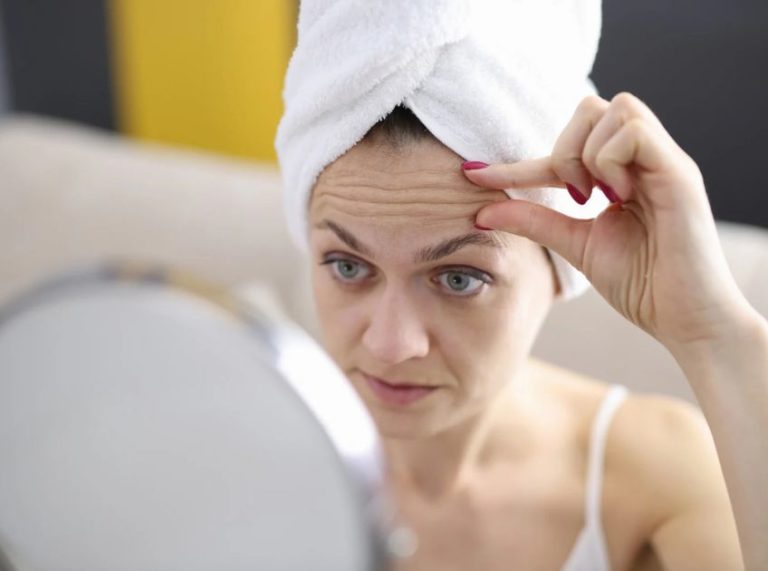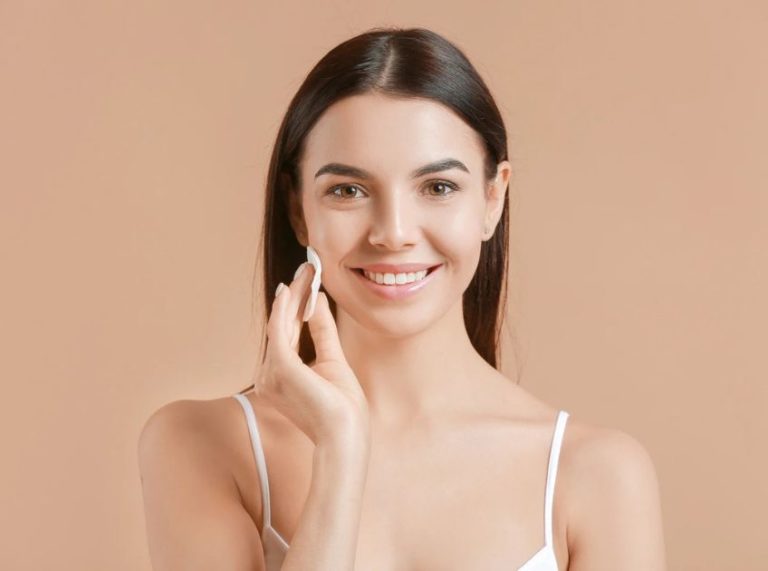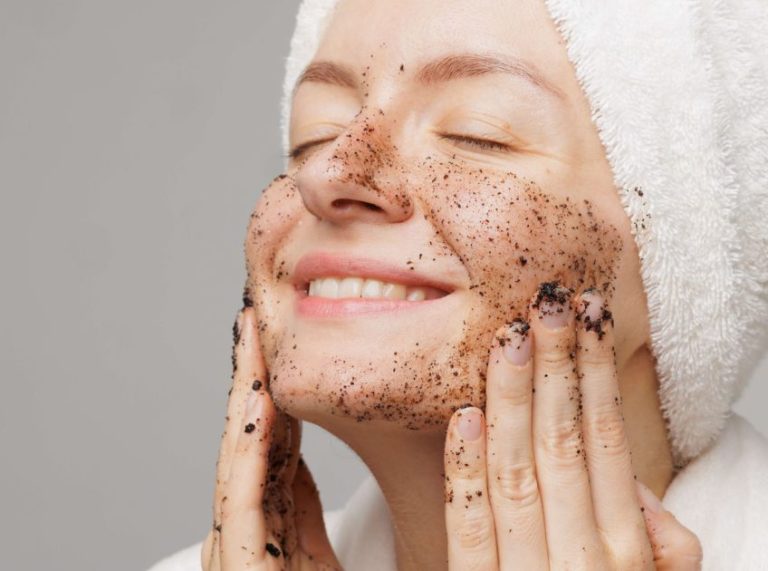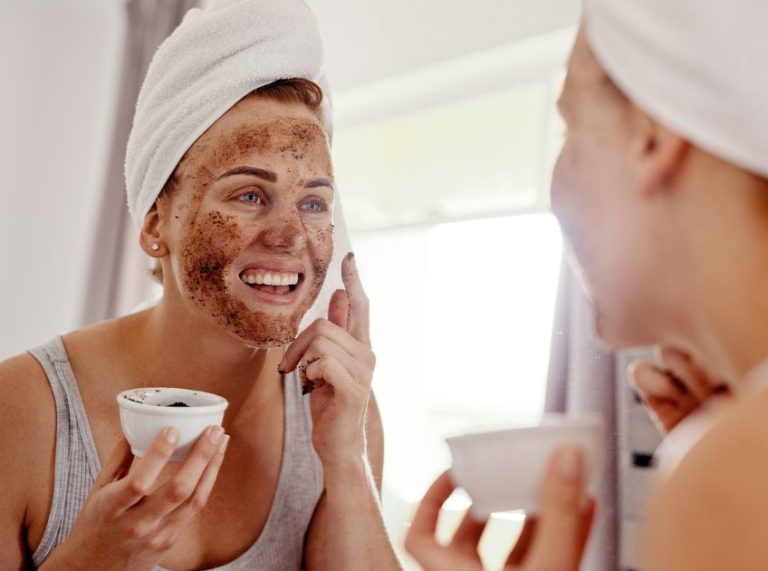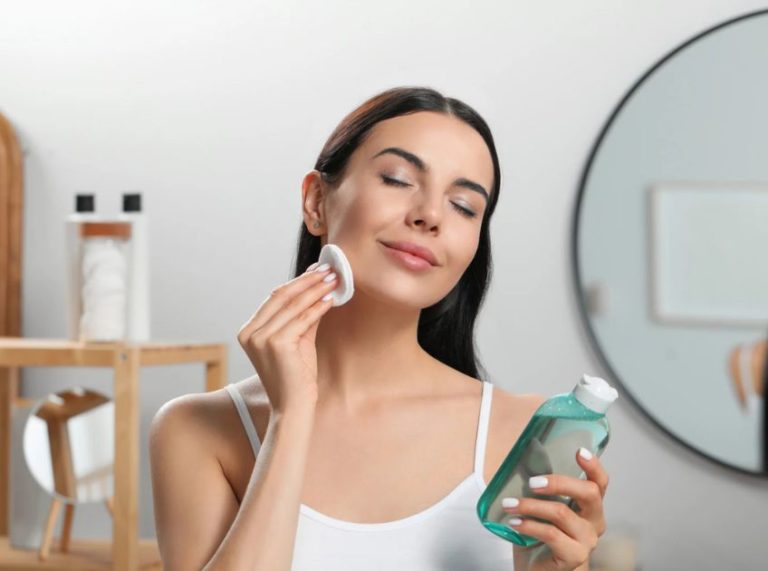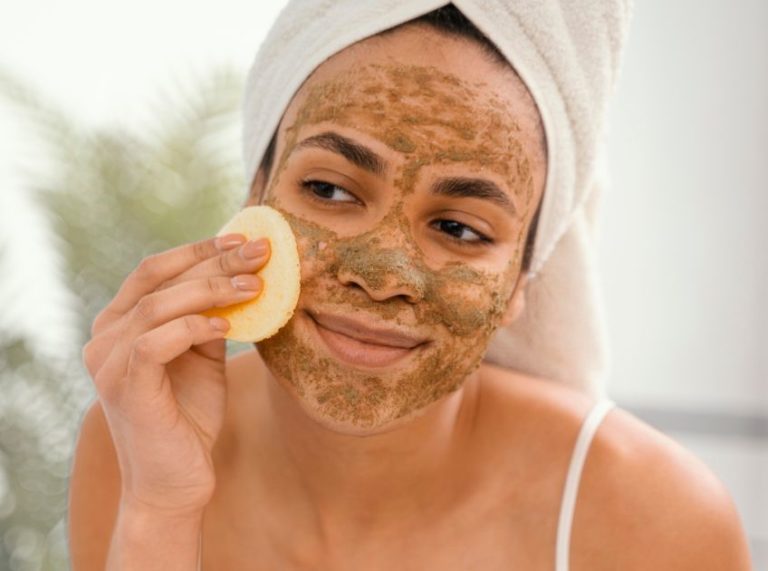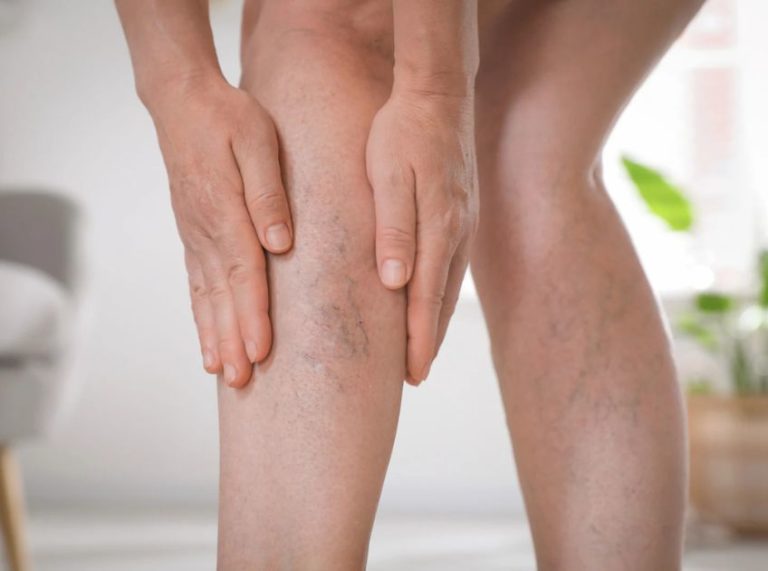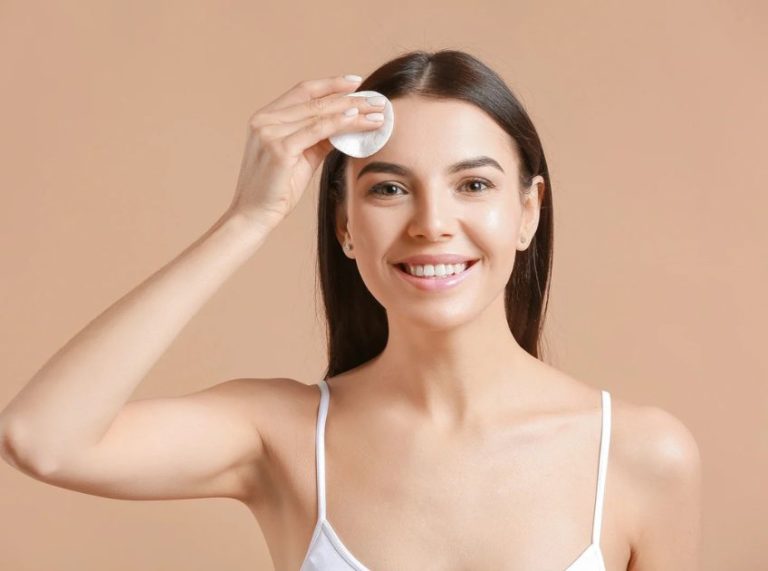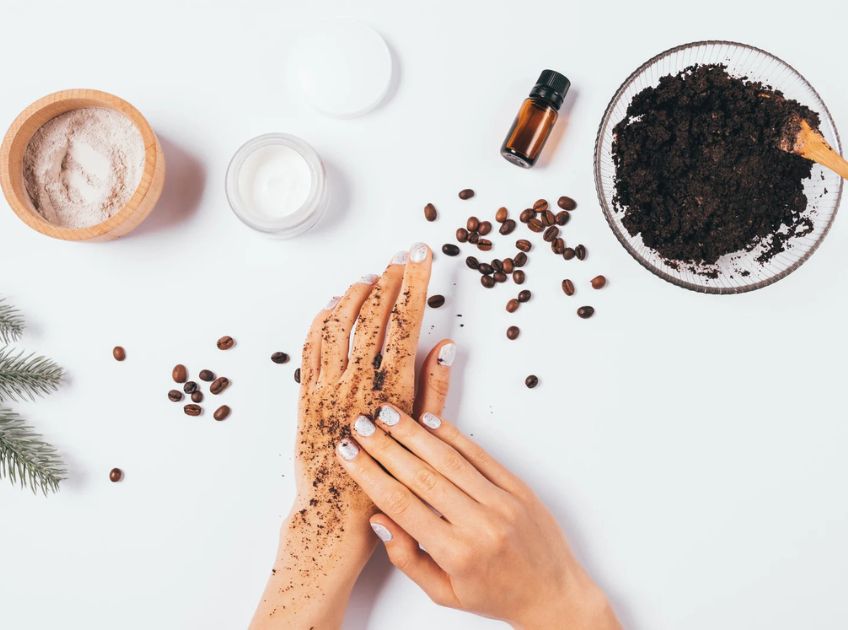
Important: This article is for informational purposes only. Please read our full disclaimer for more details.
After a day in the sun, your skin may feel hot, tight, and irritated. Sunburns are not only uncomfortable but can also cause peeling, redness, and long-term skin damage if not treated properly. While over-the-counter creams help, gentle DIY scrubs made from natural ingredients can provide soothing relief, remove dead skin cells, and restore moisture. These scrubs use ingredients backed by scientific research for their anti-inflammatory, antioxidant, and hydrating properties.
3 DIY Scrubs to Calm and Restore Sunburned Skin
1. Oatmeal and Honey Scrub
Why it works
Oatmeal contains avenanthramides, natural compounds with strong anti-inflammatory and antioxidant properties (1). This helps reduce redness and calm irritation. Honey is a humectant, drawing moisture into the skin, and has antimicrobial properties that prevent infection and promote healing. Together, they gently exfoliate peeling skin while soothing discomfort.
How to make it
- Grind 2 tablespoons of oatmeal into a fine powder.
- Mix with 1 tablespoon of raw honey until you get a smooth paste.
- Optional: Add 1 teaspoon of plain yogurt to boost hydration and introduce gentle lactic acid exfoliation.
- Apply the mixture to damp skin with gentle circular motions, avoiding excessive pressure.
- Leave on for 5–7 minutes as a soothing mask, then rinse with lukewarm water.
Extra tips
- Perfect for sensitive and dry sunburned skin.
- Can be used 2–3 times per week.
- Store leftover mixture in the fridge for up to 2 days in an airtight container.
2. Aloe Vera and Sugar Scrub
Why it works
Aloe vera is widely recognized for its ability to reduce redness, cool the skin, and accelerate healing. Its polysaccharides support skin repair and hydration. Sugar provides gentle physical exfoliation to remove dead skin cells, which helps prevent peeling from worsening. Scientific studies show aloe vera’s antioxidants also protect against UV-induced free radical damage.
How to make it
- Combine 2 tablespoons of pure aloe vera gel with 1 tablespoon of fine sugar.
- Optional: Add a few drops of vitamin E oil for extra antioxidant support.
- Gently apply to the sunburned area, massaging lightly in circular motions for 1–2 minutes.
- Leave the scrub on for another 2–3 minutes, then rinse thoroughly with cool water.
Extra tips
- Avoid using on broken skin or severe burns.
- Use 1–2 times per week.
- Works well for sunburned areas on the face, arms, and legs.
3. Coconut Oil and Coffee Scrub
Why it works
Coconut oil is rich in medium-chain fatty acids, providing deep hydration and repairing the skin barrier (2). Coffee contains antioxidants and caffeine, which may improve circulation and reduce redness (3). This scrub not only exfoliates dead skin gently but also nourishes and soothes sunburned skin.
How to make it
- Mix 1 tablespoon of finely ground coffee with 1 tablespoon of coconut oil.
- Optional: Add ½ teaspoon of honey for extra moisture and antibacterial properties.
- Apply gently using circular motions on areas with mild peeling or dryness.
- Leave for 2–3 minutes, then rinse with lukewarm water. Pat skin dry.
Extra tips
- Suitable for sunburned skin that is starting to peel.
- Can be used 1–2 times per week.
- Avoid scrubbing too hard to prevent irritation.
- Provides a natural glow and helps prevent skin dryness.
Bonus Tips for All DIY Sunburn Scrubs
- Always patch-test before applying to large areas.
- Avoid scrubs on blistered or severe burns—use cooling gels like aloe vera alone.
- Follow up scrubbing with hydrating moisturizer or aloe vera gel to lock in moisture.
- Limit scrub usage to once or twice a week during the healing phase to prevent further irritation.
The Science Behind Soothing Scrubs
Studies have confirmed that natural ingredients like aloe vera, honey, and oatmeal are effective in treating sunburn. Aloe vera’s polysaccharides and antioxidants promote skin healing and reduce inflammation, while honey supports hydration and antimicrobial defense (4). Oatmeal soothes itching and irritation thanks to its anti-inflammatory properties (5). Using gentle scrubs not only helps remove dead skin cells but also supports faster regeneration and prevents prolonged dryness.
Frequently Asked Questions (FAQ’S)
1. Can I use these scrubs on fresh, red sunburn?
A. Use them cautiously. For very fresh burns, gentle application or just aloe vera is recommended to avoid irritation. Wait until the initial redness or blistering subsides.
2. How often should I use a sunburn scrub?
A. 1–2 times per week is sufficient. Over-exfoliating can worsen irritation and delay healing.
3. Can these scrubs replace sunscreen?
A. No. Scrubs are for post-sun care. Always use sunscreen to prevent sunburn and protect skin from long-term damage.
Sunburn can leave your skin uncomfortable, but with the right care, recovery can be faster and gentler. DIY scrubs using oatmeal, aloe vera, honey, coffee, or coconut oil provide soothing relief, remove dead skin cells, and restore moisture. Incorporate these scrubs into your post-sun skincare routine, paired with hydration and protective measures, to keep your skin healthy and radiant.
